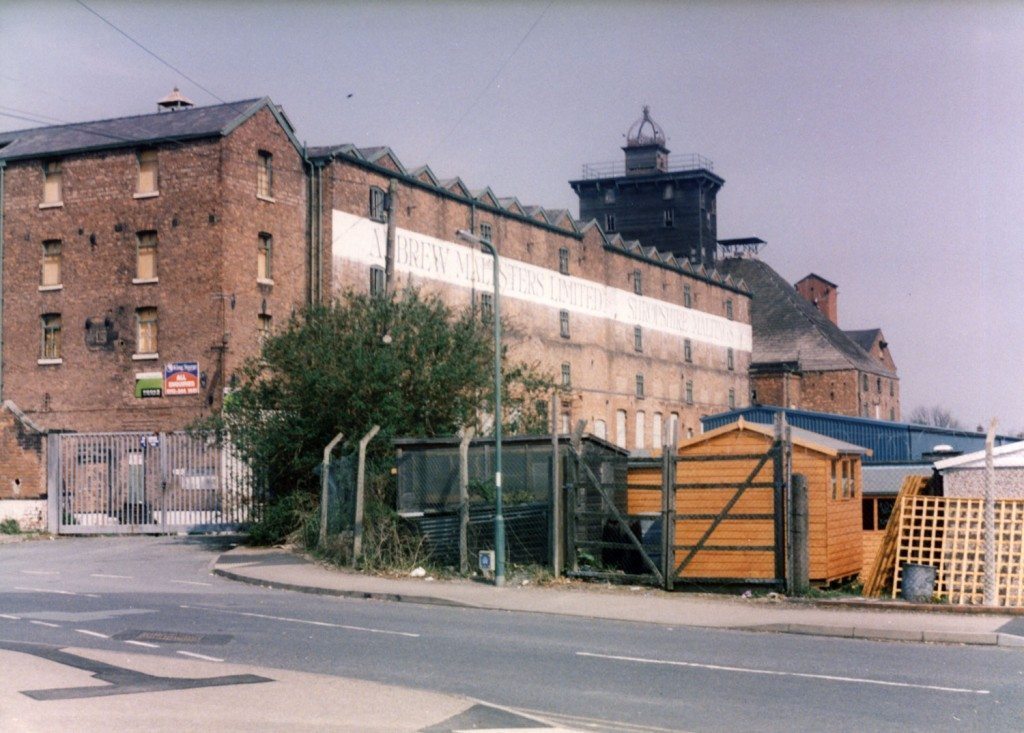Charles Bage, the Flax Industry and Shrewsbury’s Iron-Framed Mills
Image: View of Ditherington Mill in April 2003, the world’s first completely iron-framed building. The factory was built in 1796-1797 to spin flax. It continued to manufacture the product until 1886. After 1897, the buildings were adapted as a maltings by William Jones & Sons. With a brief interruption during World War II, they continued to serve as a maltings until 1987. The building has been empty ever since.
Image from: photograph by Nabi Heydari (April 2003)
Text: Malcolm Dick
Summary
Between 1796 and 1797, the world’s first completely iron-framed building, Ditherington Flax Mill, was built for a partnership, Marshall, Benyon and Bage. Their aim was to create a factory to spin flax which could then be woven into linen. Historically, the purpose of the building was less important than its design by its architect, Charles Bage (1751-1822). Bage created the ancestor of all iron-framed and steel-framed structures, including modern skyscrapers. The building remains largely intact and is currently (2004) unused. It lies within a complex of several former industrial buildings on the outskirts of Shrewsbury town centre.
This article by Malcolm Dick explores the history of Ditherington Mill and places the factory within the context of local industrial developments. It also examines the partnerships in which Bage was involved and looks at his involvement in two other industrial sites in Shrewsbury at Castlefields and Kingsland.
The author has been helped by published research by Barrie Trinder into the industrial archaeology of the mill and archival material at Shropshire Archives. Illustrations are drawn from Shropshire Archives, Birmingham City Archives and contemporary photographs by Nabi Heydari, which were taken in April 2003.
Next in this section »Continue browsing this section
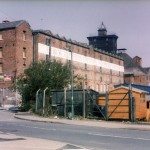 Charles Bage, the Flax Industry and Shrewsbury’s Iron-Framed Mills
Charles Bage, the Flax Industry and Shrewsbury’s Iron-Framed Mills
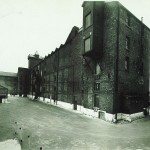 Shrewsbury’s Industrial Context
Shrewsbury’s Industrial Context
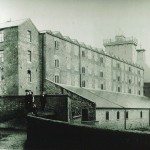 The Location of Ditherington Mill
The Location of Ditherington Mill
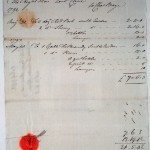 Bill for the supply of liquor from Charles Bage to Lord Clive 1792
Bill for the supply of liquor from Charles Bage to Lord Clive 1792
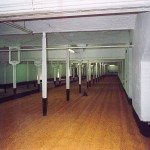 Charles Bage and Iron Construction
Charles Bage and Iron Construction
 Charles Bage: Business and Local Affairs
Charles Bage: Business and Local Affairs
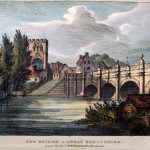 Thomas and Benjamin Benyon
Thomas and Benjamin Benyon
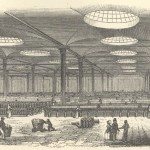 John Marshall
John Marshall
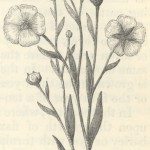 Growing and Preparing Flax
Growing and Preparing Flax
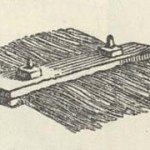 Processing and Spinning Flax
Processing and Spinning Flax
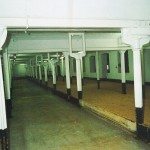 Ditherington Flax Mill
Ditherington Flax Mill
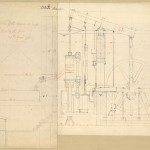 Ditherington Mill: Steam Power
Ditherington Mill: Steam Power
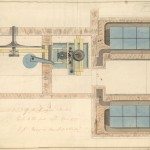 Ditherington Mill: Steam Power
Ditherington Mill: Steam Power
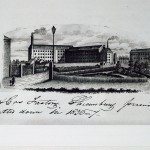 Castlefields Mill: Origins
Castlefields Mill: Origins
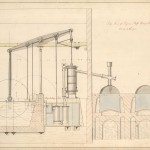 Castlefields Mill: Steam Power
Castlefields Mill: Steam Power
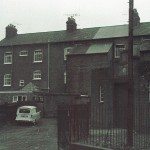 Castlefields Mill: the Flax Warehouse
Castlefields Mill: the Flax Warehouse
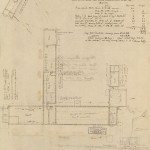 Castlefields Mill: Gas Lighting
Castlefields Mill: Gas Lighting
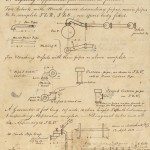 Castlefields Mill: Gas Lighting
Castlefields Mill: Gas Lighting
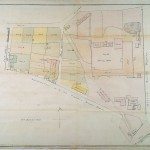 Castlefields Mill: Sale and Demolition
Castlefields Mill: Sale and Demolition
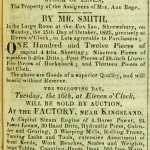 Kingsland Mill
Kingsland Mill
Sources and Further Reading
Most of the information about Ditherington Mill can be obtained from Shropshire Archives. A particularly useful primary source is a collection of letters from Charles Bage to William Strutt. Additional material is held at Birmingham City Archives and Leeds University Library. A web search will reveal a limited amount of information.
Rimmer, W G, Marshall’s of Leeds, flax-spinners 1788-1866 (1960).
Tann, Jennifer, The Development of the Factory (London, Cornmarket Press, 1970).
Trinder, Barrie, “Ditherington Flax Mill, Shrewsbury – A Re-evaluation”, Textile History, 23 (2), 1992, pp 189-223.



